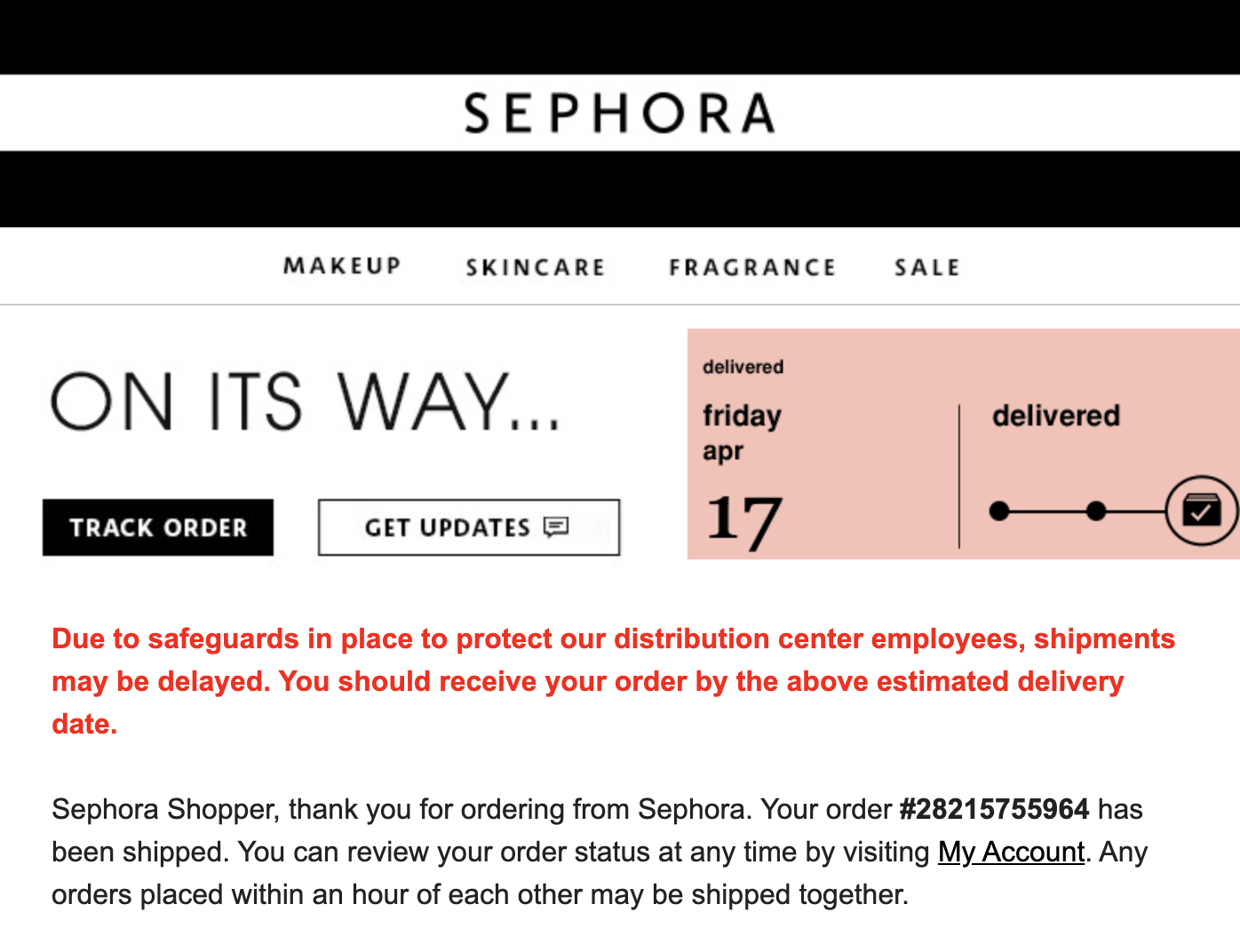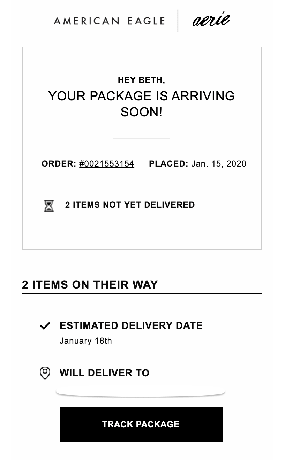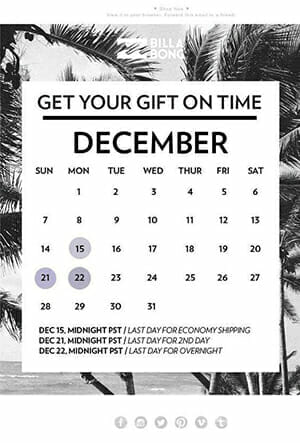Logistics
Warehousing & Fulfillment
Transportation
E-commerce
E-commerce Fulfillment Services
Lease & Maintenance
Semi Trucks
Supply Chain Technology
Logistics
E-commerce
Lease & Maintenance
Buy Used Trucks

[Updated post from April 15, 2021]
Calling shipping delays undesirable is a massive understatement. As consumer expectations grow for two-day or even same-day delivery, there is less room for error in the e-commerce fulfillment and shipping process.
But despite your best efforts to avoid shipment delays, delays inevitably happen. Even the most well-oiled shipping and fulfillment service will encounter major roadblocks from time to time. This is why in addition to knowing how to avoid delivery delays, you also need to know how to manage them when they occur.
After two years of disruptions to supply chains and the retail sector as a whole, it's never been more important for merchants to manage delivery delays effectively.
If you haven't read ‘Shipping delays Part One: How to avoid late delivery' we recommend that you check out our insights on the most common reasons for delayed shipping and how to avoid shipping delays. After all, it's always better to take a proactive, rather than reactive
But while there are steps you can take to avoid the most common causes of delivery delays, there will always be circumstances that are beyond your control.
Here in Part Two, we're going to look at how to effectively manage customer expectations surrounding late delivery - and a few other strategies for avoiding the sting of delayed shipments!
It's not always possible to avoid shipping delays. But if it appears that the regular promised delivery date won't be met, you can take action to ease customer frustration. The best time to do this? Before your customer has even placed their order.
By setting clear expectations during the shopping journey, customers can make an informed decision on whether to shop with you.
COVID-19 is continuing to cause global supply chain issues in 2022, with ongoing shipment delays for products coming out of China and Asia due to lockdowns. If this or other slowdowns are affecting your business, it's essential to preface any customer interactions with proactive disclaimers about possible delivery delays.
For example, consider placing a banner at the top of your website that redirects customers to a dedicated page outlining the reasons for a slow delivery process and thanking them for their patience. It's also a good idea to repeat this information on your order confirmation emails, as shown here by Sephora:

As in any customer service scenario, it's always better to under-promise and over-deliver when it comes to delayed deliveries. This way, if a parcel does arrive ‘early', customer satisfaction is likely to increase.
Hearing nothing but radio silence after placing an order is one of the most common causes of delivery anxiety in e-commerce. It's also a huge missed opportunity to build a rapport with your customers. During the post-purchase stage, customers are much more receptive to receiving communications from your brand. According to Omnisend, shipping confirmation emails receive an open rate of 62.37% - compared with just 14.73% for promotional campaigns. Shipment tracking updates provide a series of ongoing touchpoints that build brand trust, which is valuable if shipping delays occur.
Plus, if the first time a customer hears from you post-purchase is to notify them of a delivery delay or failed delivery attempt, this isn't going to leave them with warm feelings towards your brand.
After you've sent your initial order confirmation email, it's a great idea to follow up when their order has started the fulfillment process. You should also send out a shipping confirmation and an alert when their order is out for delivery so customers can prepare for its arrival, as shown here by American Eagle:

Timely, relevant communication is key to keeping your customers happy after ordering and giving them confidence that your brand has everything in hand - even when shipping delays do happen.
As soon as a possible shipping delay is identified by your team, it's essential to reach out to your customer as soon as possible. Your email should include the following:
For example, if the delay is due to an issue with your shipping carrier, explain this to the customer and give them the most up-to-date delivery information you have. It's important not to make any false promises, as this could only worsen the situation.
Most importantly, tell customers when you're going to reach out with another update. There's nothing more likely to frustrate customers than patchy communications after an issue has been identified!
When delivery delays occur, most customers aren't interested in lengthy explanations or excuses; they just want to know how you're going to solve the problem.
If you play your cards right, exceptional customer service can thwart customer attrition - even in adverse circumstances like late delivery. But if this situation is handled poorly, you're unlikely to see that customer again.
Depending on the nature of the shipping delay, there might not be a great deal you can do directly. Once an order has left your fulfillment service provider and is in the hands of courier companies, it's difficult to influence the process directly. However, there are several options you can offer customers to alleviate their frustration.
For example, you can offer a discount on their next order or gift a product as an apology. Plus, there should always be a refund on the table if the customer wants it.
By giving your customer multiple solutions, you're putting them in the driving seat in a situation that's pretty disempowering. This helps to restore faith in your brand and gives customers the confidence to make repeat purchases.
Order-related inquiries can easily swamp your customer service team, making it more difficult for them to resolve issues promptly. You can pre-empt this by offering your customers an order tracking service so they can check their order status at their leisure.
In fact, a study by IBM found that 88% of consumers would prefer to shop with a retailer that allows them to track orders via email or SMS.
Order tracking helps to alleviate delivery anxiety by providing a continuous flow of updates that customers can check as often as they'd like. It's also a valuable post-purchase branding opportunity by directing your customer to a customized tracking page for a more cohesive brand experience.
As the old saying goes, it's not a great idea to put all your eggs in one basket. If you rely on one carrier to handle your shipment volumes, any disruption to their network will end up affecting all orders in transit. By spreading your orders across more than one shipping carrier, you can minimize shipping delays as much as possible.
When delivery delays appear more likely to occur, it's a good idea to give your customers a heads-up to place their orders a little earlier.
For example, you can set an order cut-off date during the holiday season, after which point you won't be able to guarantee delivery in time for Christmas (you can use holiday shipping cut-off dates from major carriers as a guideline). This removes liability from the retailer and helps to spread out orders across a longer time period, as shown in this peak season graphic by Billabong:

Another strategy is to offer your customers more than one delivery option. This enables them to make an informed decision over how quickly they want their order to be delivered, rather than defaulting to ‘standard shipping'.
For example, adding a faster shipping service for an extra fee allows you to meet expectations for rapid shipping, whilst also minimizing the impact on your profit margins.
This can be considered the gospel of e-commerce shipping. Online retailers find themselves under immense pressure to keep up with Amazon-esque delivery timeframes, by promising one-day or even same-day capabilities. While this might help you to attract customers, it's going to destroy your customer retention rate unless you can avoid delivery delays.
Instead, focus on offering a consistent and reliable shipping service – even if it takes a little longer to arrive, it will keep customer churn lower in the long term.
Managing shipping delays can be costly and complex – especially during peak season when shipment volumes are at their highest. Fulfillment service providers can help to ease this burden via advanced infrastructure and relationships with major transportation companies. This enables them to handle late deliveries much more effectively than brands can manage on their own.
Seeing how an e-commerce merchant performs in adverse circumstances is the true measure of whether they can meet customer expectations. Delivery delays are pretty much as bad as it gets, and while it isn't possible to avoid all shipping delays, you can still turn a less-than-ideal situation into a positive one that promotes customer loyalty.
Ultimately, managing delays in the delivery process comes down to good communication and demonstrating to your customer that you want to remedy the situation as quickly as possible. If you can do this effectively, your brand will gain a competitive advantage and a base of long-term, loyal customers who trust that you can deliver.